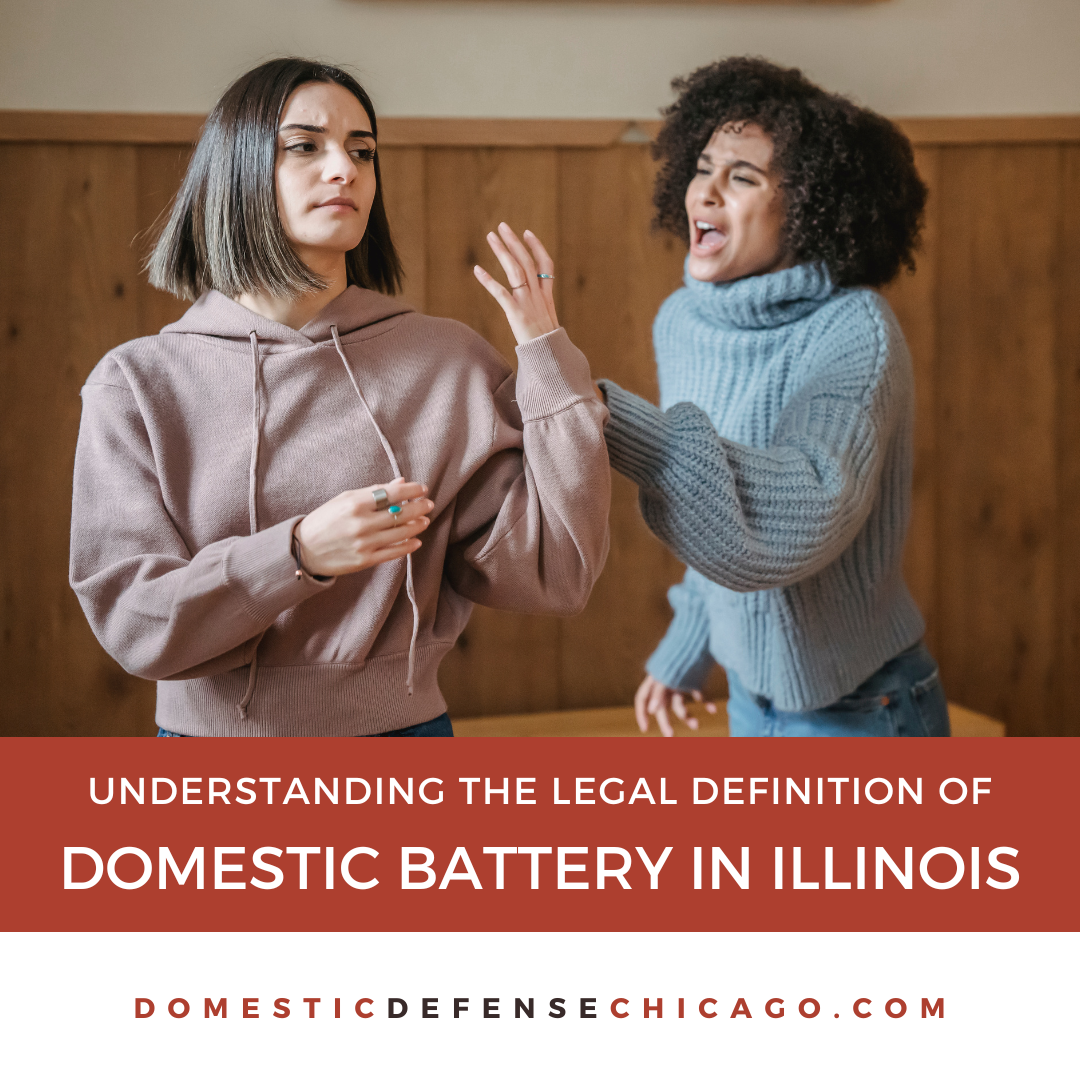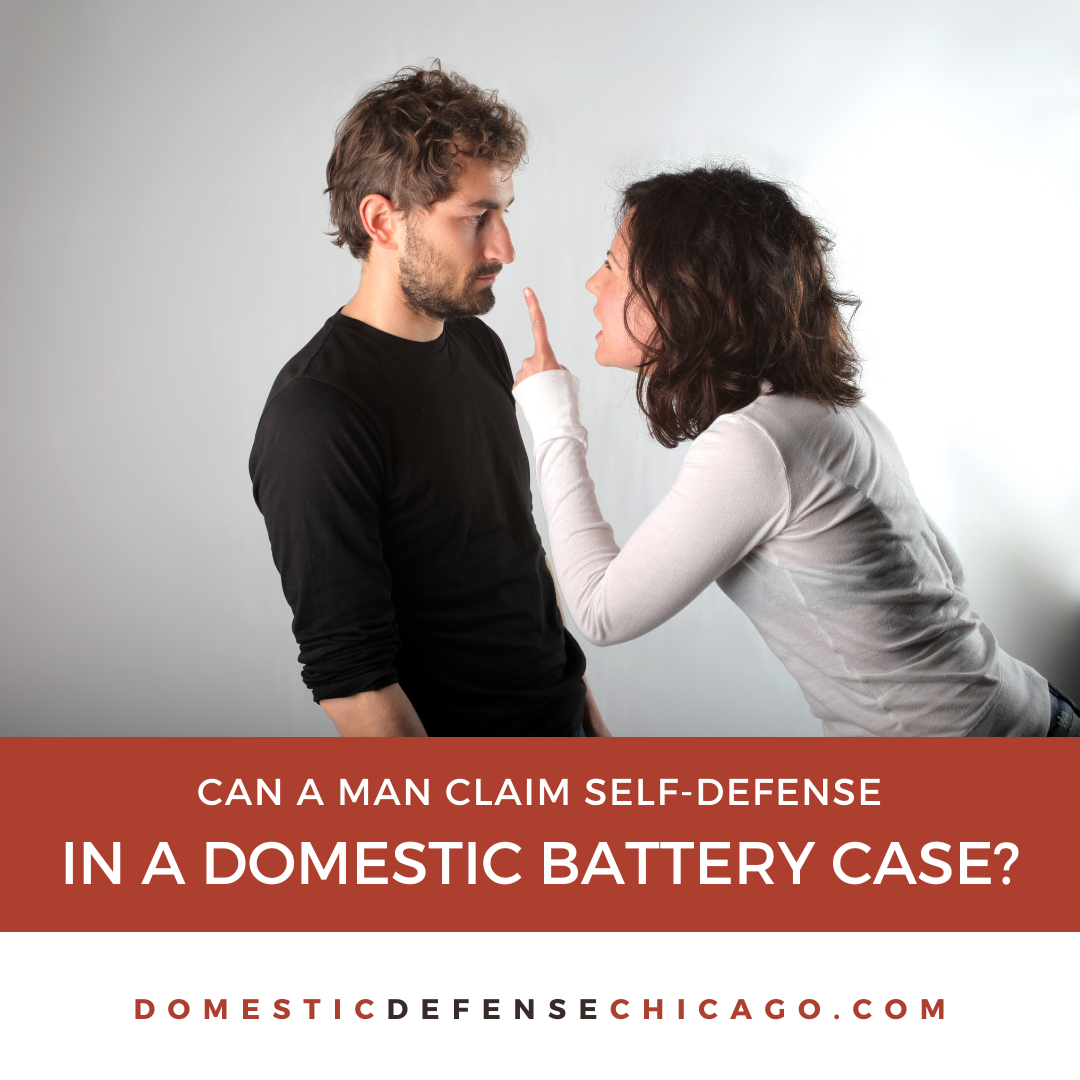Definition and Legal Framework: What Is Domestic Battery

Domestic battery is a serious offense that involves physical violence or the threat of physical violence within a domestic relationship. It is a crime that can have devastating consequences for victims, both physically and emotionally.
Domestic battery laws are designed to protect individuals from abuse and violence within their homes and families. These laws are intended to deter such behavior and hold perpetrators accountable for their actions.
Elements of Domestic Battery
To establish domestic battery, the prosecution must prove certain elements beyond a reasonable doubt. These elements vary depending on the jurisdiction, but generally include:
* An act of violence or the threat of violence: This could include hitting, kicking, pushing, shoving, or any other act that causes physical harm or fear of harm.
* A domestic relationship: This typically refers to spouses, former spouses, dating partners, or individuals who have a child in common.
* Intent: The prosecution must prove that the defendant acted intentionally or recklessly, meaning they knew or should have known that their actions would cause harm.
Examples of Domestic Battery
Domestic battery can take many forms. Some common examples include:
* Slapping, punching, or kicking: These are clear examples of physical violence that constitute domestic battery.
* Pushing, shoving, or grabbing: Even if these acts do not cause serious injury, they can still be considered domestic battery if they cause fear or harm.
* Choking or strangulation: These acts can be extremely dangerous and are often considered more serious forms of domestic battery.
* Using a weapon: Using a weapon, such as a knife or gun, to threaten or harm a domestic partner is a serious crime.
* Causing emotional distress: While not always considered physical violence, certain acts can cause emotional distress and be classified as domestic battery. This might involve verbal abuse, threats, or intimidation.
Types of Domestic Battery Charges
Domestic battery charges can range from misdemeanors to felonies, depending on the severity of the offense and the jurisdiction.
* Misdemeanor domestic battery: This typically involves less serious acts of violence, such as slapping or pushing. Penalties can include fines, probation, and community service.
* Felony domestic battery: This usually involves more serious acts of violence, such as causing serious injury or using a weapon. Penalties can include prison sentences, fines, and other restrictions.
Penalties for Domestic Battery Convictions
Penalties for domestic battery convictions vary significantly depending on the jurisdiction and the severity of the offense. Some common penalties include:
* Fines: These can range from a few hundred dollars to thousands of dollars, depending on the severity of the offense.
* Probation: This involves supervision by a probation officer and adherence to certain conditions, such as drug testing or counseling.
* Jail or prison time: Sentences can range from a few days to several years, depending on the severity of the offense.
* Domestic violence restraining orders: These orders can restrict the defendant’s contact with the victim and require them to stay away from the victim’s home and workplace.
* Other restrictions: Convicted offenders may also face other restrictions, such as the loss of their gun rights or the inability to own or possess firearms.
Impact and Consequences

Domestic battery, a form of intimate partner violence, inflicts profound and lasting damage on victims, leaving scars that extend far beyond physical injuries. The impact reverberates through the lives of individuals, families, and communities, highlighting the critical need for understanding and intervention.
Physical Effects
Domestic battery often results in physical injuries, ranging from minor bruises and cuts to severe fractures and internal bleeding. The severity of injuries can vary depending on the nature and intensity of the assault. Physical injuries can lead to chronic pain, disability, and ongoing medical expenses. In extreme cases, domestic battery can result in death.
Emotional and Psychological Effects
Beyond the physical, domestic battery has devastating emotional and psychological consequences. Victims may experience fear, anxiety, depression, post-traumatic stress disorder (PTSD), and low self-esteem. They may struggle with trust, intimacy, and healthy relationships. The trauma of domestic battery can significantly impact a victim’s ability to function in daily life, work, and relationships.
Long-Term Consequences
The long-term consequences of domestic battery can be far-reaching and enduring. Victims may experience ongoing physical pain, emotional distress, and financial hardship. They may struggle to find stable employment, maintain healthy relationships, and create a safe and secure environment for themselves and their children. The trauma of domestic battery can have a lasting impact on a victim’s mental and physical health, affecting their well-being for years to come.
Impact on Children
Children who witness domestic battery are at high risk of experiencing emotional, behavioral, and developmental problems. They may develop anxiety, depression, and PTSD. Witnessing violence can also lead to aggressive behavior, academic difficulties, and increased risk of becoming involved in violence later in life. The impact of domestic battery on children can have long-lasting consequences, affecting their future relationships, mental health, and overall well-being.
Resources for Victims
Victims of domestic battery have access to a range of resources and support services designed to help them heal, rebuild their lives, and break free from abusive relationships. These resources include:
- Shelters and Safe Houses: Provide temporary housing, support services, and safety planning for victims of domestic violence.
- Counseling and Therapy: Offer individual and group therapy to help victims cope with the trauma of domestic battery and develop healthy coping mechanisms.
- Legal Aid: Provide legal assistance to victims seeking protection orders, divorce, or custody arrangements.
- Support Groups: Offer a safe and supportive environment for victims to share their experiences, connect with others, and receive peer support.
- Hotlines: Provide confidential support, information, and referrals to victims of domestic violence 24 hours a day, seven days a week.
Legal Protections and Support Services
| Legal Protections | Support Services |
|---|---|
| Protection Orders: Legal orders that prohibit an abuser from contacting or approaching a victim. | Shelters and Safe Houses: Provide temporary housing, support services, and safety planning for victims of domestic violence. |
| Criminal Charges: Domestic battery is a criminal offense, and abusers can be arrested, prosecuted, and sentenced to jail time. | Counseling and Therapy: Offer individual and group therapy to help victims cope with the trauma of domestic battery and develop healthy coping mechanisms. |
| Child Protective Services: Investigate reports of child abuse and neglect, including cases where children witness domestic violence. | Legal Aid: Provide legal assistance to victims seeking protection orders, divorce, or custody arrangements. |
| Civil Lawsuits: Victims can file civil lawsuits against abusers for damages, including medical expenses, lost wages, and emotional distress. | Support Groups: Offer a safe and supportive environment for victims to share their experiences, connect with others, and receive peer support. |
Prevention and Intervention

Preventing domestic battery requires a multifaceted approach that addresses the root causes of violence and empowers individuals to seek help and create safer environments. Understanding the warning signs, implementing preventative strategies, and providing support systems are crucial steps in breaking the cycle of abuse.
Warning Signs of Domestic Battery
Recognizing potential warning signs is essential for individuals in relationships and those seeking to intervene. While not all individuals exhibiting these signs will engage in domestic battery, it’s crucial to be aware of these patterns and seek help if they are present.
- Jealousy and possessiveness: Excessive control over a partner’s activities, isolating them from friends and family, and monitoring their communications are red flags.
- Verbal abuse: Constant criticism, insults, threats, and name-calling are forms of emotional abuse that can escalate into physical violence.
- Physical aggression: Pushing, shoving, grabbing, or hitting are acts of physical violence that should never be tolerated.
- Threats of violence: Making threats to harm oneself or the partner, damaging property, or using weapons are serious warning signs.
- Controlling behavior: Limiting access to finances, controlling work or education, and restricting social interactions are signs of control and manipulation.
- Substance abuse: Alcohol or drug use can impair judgment and increase the likelihood of violence.
- Past history of violence: Individuals with a history of domestic violence are at a higher risk of repeating the pattern.
Preventing Domestic Battery in Relationships, What is domestic battery
Preventing domestic battery requires a proactive approach that addresses both individual and societal factors.
- Healthy communication skills: Effective communication, including active listening, empathy, and conflict resolution techniques, can help couples navigate disagreements peacefully.
- Respect and equality: Recognizing and valuing the individual autonomy and needs of both partners is crucial for building a healthy relationship.
- Stress management: Managing stress through healthy coping mechanisms can reduce the likelihood of aggressive behaviors.
- Early intervention: Addressing warning signs early on can prevent escalation and create opportunities for positive change.
- Bystander intervention: Encouraging individuals to intervene when witnessing abusive behavior can help protect victims and hold perpetrators accountable.
Resources and Support Groups
Individuals experiencing or at risk of domestic battery have access to various resources and support systems.
- National Domestic Violence Hotline: 1-800-799-7233 provides confidential support, information, and referrals to local resources.
- Local shelters and advocacy groups: Many communities offer safe havens and support services for victims of domestic violence.
- Therapy and counseling: Individual and couples therapy can help individuals address underlying issues and develop healthy coping mechanisms.
- Support groups: Connecting with others who have experienced domestic violence can provide validation, shared experiences, and a sense of community.
Role of Law Enforcement and the Judicial System
Law enforcement and the judicial system play a critical role in addressing domestic battery cases.
- Enforcement of restraining orders: Protective orders can prevent abusers from contacting or approaching victims.
- Investigation and prosecution: Thorough investigation and prosecution of domestic battery cases deter future violence and hold perpetrators accountable.
- Victim support services: Law enforcement agencies and courts should provide access to victim advocacy services, including legal aid, counseling, and safety planning.
- Community outreach: Collaboration with community organizations can raise awareness about domestic violence and provide resources to at-risk individuals.
Successful Programs and Initiatives
Various programs and initiatives have proven effective in preventing domestic battery.
- Domestic violence prevention programs: These programs educate youth and adults about healthy relationships, consent, and the dynamics of domestic violence.
- Batterer intervention programs: These programs provide counseling and therapy to perpetrators to address underlying issues and develop non-violent behaviors.
- Community-based initiatives: Collaborative efforts involving law enforcement, social services, and community organizations can create a network of support for victims and address the root causes of violence.
What is domestic battery – Domestic battery is a serious crime that involves the intentional use of force against another person, often within a family or intimate relationship. Skai Jackson’s advocacy for victims of domestic violence, as highlighted on this website , sheds light on the devastating impact of this crime.
Understanding the legal definition of domestic battery is crucial for recognizing and preventing this harmful behavior.
Domestic battery is a serious offense involving physical harm or the threat of harm within a domestic relationship. It can encompass a range of behaviors, from shoving to hitting, and can have devastating consequences for victims. A recent case that has brought attention to the issue of domestic violence is the skai jackson domestic violence case, highlighting the importance of understanding and addressing this widespread problem.
Understanding the legal definition of domestic battery is crucial for recognizing and reporting instances of abuse, protecting victims, and ensuring accountability for perpetrators.